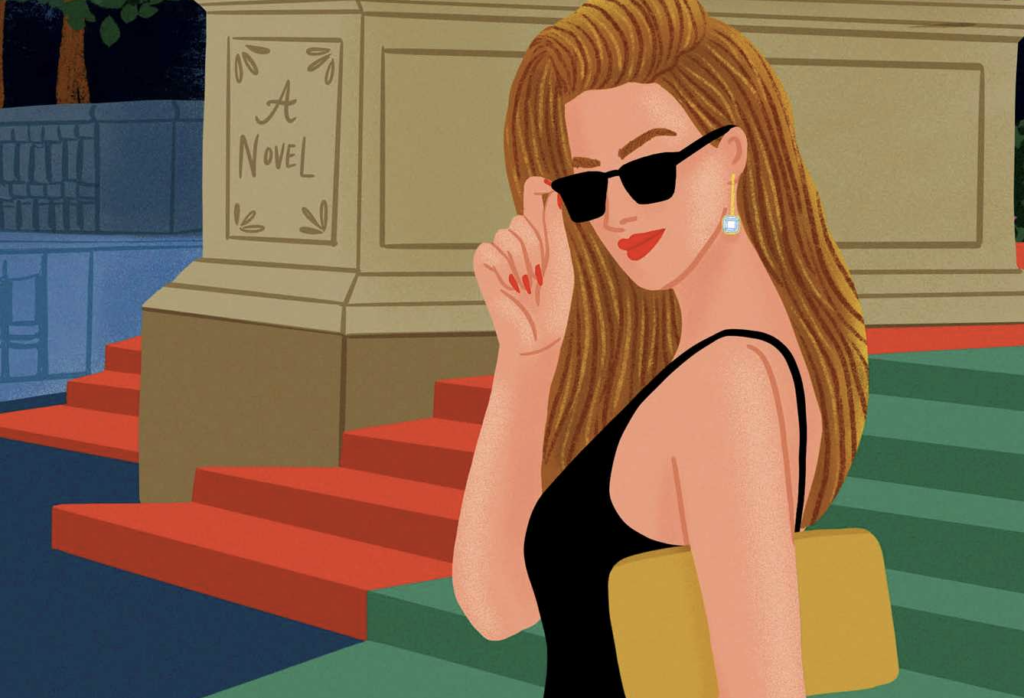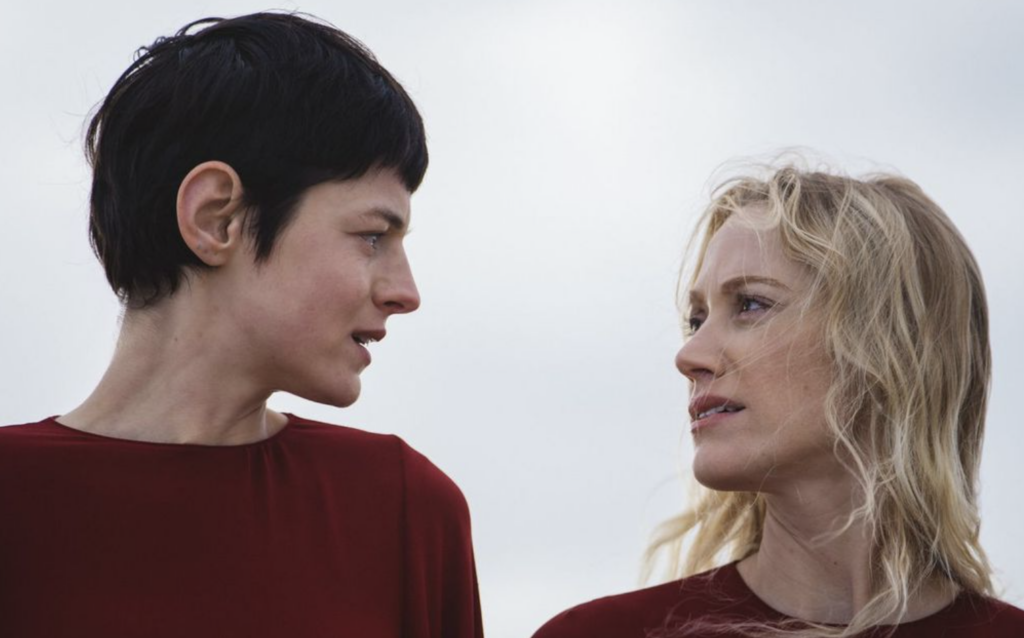Now in her 90s, Kansas City jazz singer Myra Taylor has had a life of ups and downs in the music industry

“Spider and the Fly” by Myra Taylor, from My Night to Dream (2001, APO Records)
It’s a wintry night at Knuckleheads Saloon in the East Bottoms, but headliner Lavay Smith, of San Francisco, is happy to be in Kansas City. Her authentic swing jazz has the packed house on its feet, moving in time and bobbing heads to the rhythm.
Midperformance, Smith brings her seven-piece band to a halt. Explaining both her excitement and the interruption, she calls to the stage a musician who is not only a favorite of hers but also someone who actually lived in the era that Lavay recalls with her music.
Helped to the stage by her manager, 90-year-old Myra Jardine Taylor takes a seat in front of the microphone. Any notion that Taylor is just a little old lady goes out the window the minute she opens her mouth. Her foot tapping out a rhythm, she dispatches instructions to the band, and they begin a slow ballad. She has just started in with her clean, throaty voice when she, too, suddenly calls the band to a halt. With one point and a snap of her fingers, she sends an overeager jitterbugging couple back to their seats. “Not on this number, guys,” she says and smiles.
Taylor is a living piece of music history. Since getting her start in the clubs around 12th Street and Vine in the 1930s, she has lived and worked around the globe. And like many black artists of her generation, she suffered at the hands of music-industry profiteers.
You wouldn’t know that from her radiant demeanor.
“It’s not work if you’re doing what you love, honey,” Taylor says.
It’s just after the holidays, and Taylor sits in her tiny apartment near Euclid Avenue, surrounded by gifts. A fruit basket sits at her feet. Photographs throughout her apartment show her posing with Charlie Parker, Harlan Leonard and Jay McShann, among others.
Born in 1917 in Bonner Springs, Taylor moved with her family to the 18th and Vine area of Kansas City when she was a child. Working as a housekeeper to pay the bills, Taylor began dancing at age 14.
“My sister and I used to tap dance on the sidewalks,” she says. “But I wanted to dance like the boys did — doin’ the Charleston. It’s all about the rhythm, girl — and I danced hard.“
Taylor began her career dancing in clubs, but it was her voice that got folks’ attention. “That’s how it began,” she says. “I got jobs as a dancer and kept them as a singer. Clubs got two acts for the price of one.”
Before long, she was performing at the biggest clubs in town.
“Twelfth Street was it,” she says. “Everyone talks about 18th, but my first big job was at the Sunset on 12th. And, honey, it was jumpin’ — cats were everywhere. I was way underage then, so at some clubs, I had to crawl through a back window just to get in. I would perform and then sneak back out the window. But not on 12th — it was wide-open. I just walked into the clubs there.”
In 1940, Harlan Leonard, a former member of Benny Moten’s orchestra, noticed Taylor’s talent. Leonard’s new band, Harlan Leonard and His Rockets (initially featuring a young Charlie Parker), gave her top billing as a singer. Shortly after, the Rockets headed to New York for a lengthy engagement at Harlem’s Golden Gate Ballroom.
It was there that Taylor’s voice was first recorded, on RCA’s famous Bluebird imprint. Agents representing the likes of Ella Fitzgerald and Bing Crosby approached Taylor, but she declined out of loyalty to Leonard — a loyalty that wasn’t reciprocated.
Under Bluebird, Taylor and the Rockets had recorded a song she’d written, an uptempo number called “Dig It.” When Leonard registered the song with the American Society of Composers, Authors and Publishers (ASCAP), he added his own name to the writing credit. Later, he omitted her name altogether, denying her royalties.
“Leonard wasn’t looking out for Taylor’s best interest,” says Dawayne Gilley, Taylor’s manager and agent. “And he ended up cutting her out of the band. But she rebounded. She joined Eubie Blake for a tour, then came back to KC to play with Jimmy Keith after that. And both Eubie and Jimmy ended up helping her with another song she’d written, ‘Spider and the Fly.‘“
“Spider and the Fly,” recorded in 1946 for Mercury Records, is the song that really put Taylor on the map. Unfortunately, the singer again suffered for not knowing the music business better. Taylor had signed with Blasco Music Inc., based in Kansas City. Its founder, Lou Blasco, arranged for both the Mercury recording session and the song’s publication. When “Spider and the Fly” became a hit, Blasco began to publish sheet music for it. Taylor claims she never saw money from either the song or its sheet music.
“They don’t make sheet music of a song that ain’t making money,” Taylor explains. “And I’m not trying to create problems or drama, but I didn’t see any of it.”
Allen Blasco, Lou Blasco’s son, denies her claim. “It’s true that my father published her initially,” he says. “But there’s this assumption out there that my father made all this money off her tunes, and that’s simply not the truth.”
The hard feelings and frustration that came with the release of “Spider and the Fly” put Taylor’s American recording career on hold. She began to play abroad, and in 1965 she moved to Frankfurt, Germany. Europe was a hot spot for American musicians in the ’60s, and Taylor even opened her own club, Down by the Riverside. Her live act found success across Europe.
Taylor moved back to the States in 1977, settling in Los Angeles to work in television and film and sing at charity events. In 1994, she returned home to KC.
She returned to the studio in 2000 and recorded My Night to Dream, a full-length that featured many of her early songs: “Take It Easy Greasy,” “Still Blue Water” and, of course, “Spider and the Fly.” In addition, four Taylor rereleases put out by Universal Records have done fairly well.
Best of all, though, she finally owns her own songs.
“We fought in court for the copyrights to her songs, and we won them in 2006,” Gilley says. He explains that, according to federal law, Taylor can’t sue and receive money for any of her songs copyrighted before 1982. But he’s working this year to win the publishing rights to all her songs. “Meanwhile,” Gilley says, “she’s living off of Social Security and small jobs. It shouldn’t be that way.”
Taylor still performs solo and at charity events, but mostly she gigs with the Wild Women of Kansas City. And she’s got a big one coming up: Her 91st birthday celebration is at Knuckleheads on February 24.
“On my 90th birthday, I celebrated for 12 hours, from 2 p.m. to 2 a.m.,” she says, laughing. “I really hung in there. And I betcha I will this year, too.”




